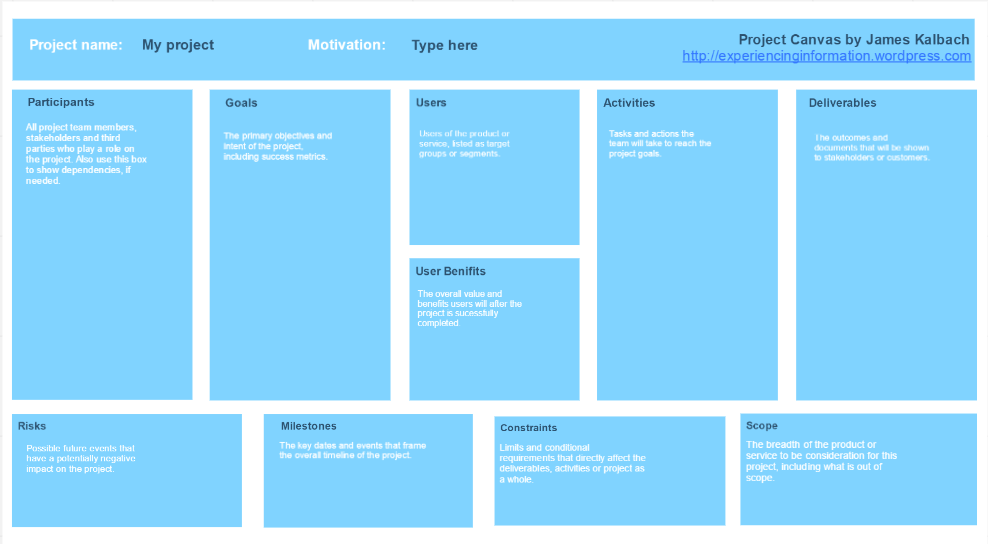

Amazon is presenting Bert as part of the “new technologies” they’re developing, and while that may be the case, as far as we can make out these are very much technologies that seem to be new mostly just to Amazon and not really to anyone else. This all sounds fairly impressive, but only if you’ve been checked out of the AMR space for the last few years.

By taking those movements on, Bert could help lessen strain on employees. In addition, Bert might at some point be able to move larger, heavier items or carts that are used to transport multiple packages through our facilities. This means that in the future, an employee could summon Bert to carry items across a facility. With Bert, robots no longer need to be confined to restricted areas. AMRs like Bert, which is being tested to autonomously navigate through our facilities with Amazon-developed advanced safety, perception, and navigation technology, could change that. Historically, it’s been difficult to incorporate robotics into areas of our facilities where people and robots are working in the same physical space. “Bert” is one of Amazon’s first Autonomous Mobile Robots, or AMRs. Let’s take a look at the three mobile robots that Amazon describes in their blog post:
#Amazon project canvas zip
Autonomous mobile robots for warehouses is now a highly competitive sector, with companies like Fetch Robotics, Locus Robotics, and OTTO Motors all offering systems that can zip payloads around busy warehouse floors safely and efficiently.īut if we’re to take the capabilities of the robots that Amazon showcased over the weekend at face value, the company appears to be substantially behind the curve on warehouse robots. Since then, a bunch of other robotics companies have started commercially deploying robots in warehouses, and over the past five years or so, we’ve seen some of those robots develop enough autonomy and intelligence to be able to operate outside of restricted, highly structured environments and work directly with humans. Amazon in particular was one of the first (if not the first) e-commerce companies to really understand the fundamental power of robots in warehouses, with their $775 million acquisition of Kiva Systems’ pod-transporting robots back in 2012. Three of these robotic systems are mobile robots, which have been making huge contributions to the warehouse space over the past decade. Amazon’s innovation blog recently published a post entitled “ New technologies to improve Amazon employee safety,” which highlighted four different robotic systems that Amazon’s Robotics and Advanced Technology teams have been working on.


 0 kommentar(er)
0 kommentar(er)
